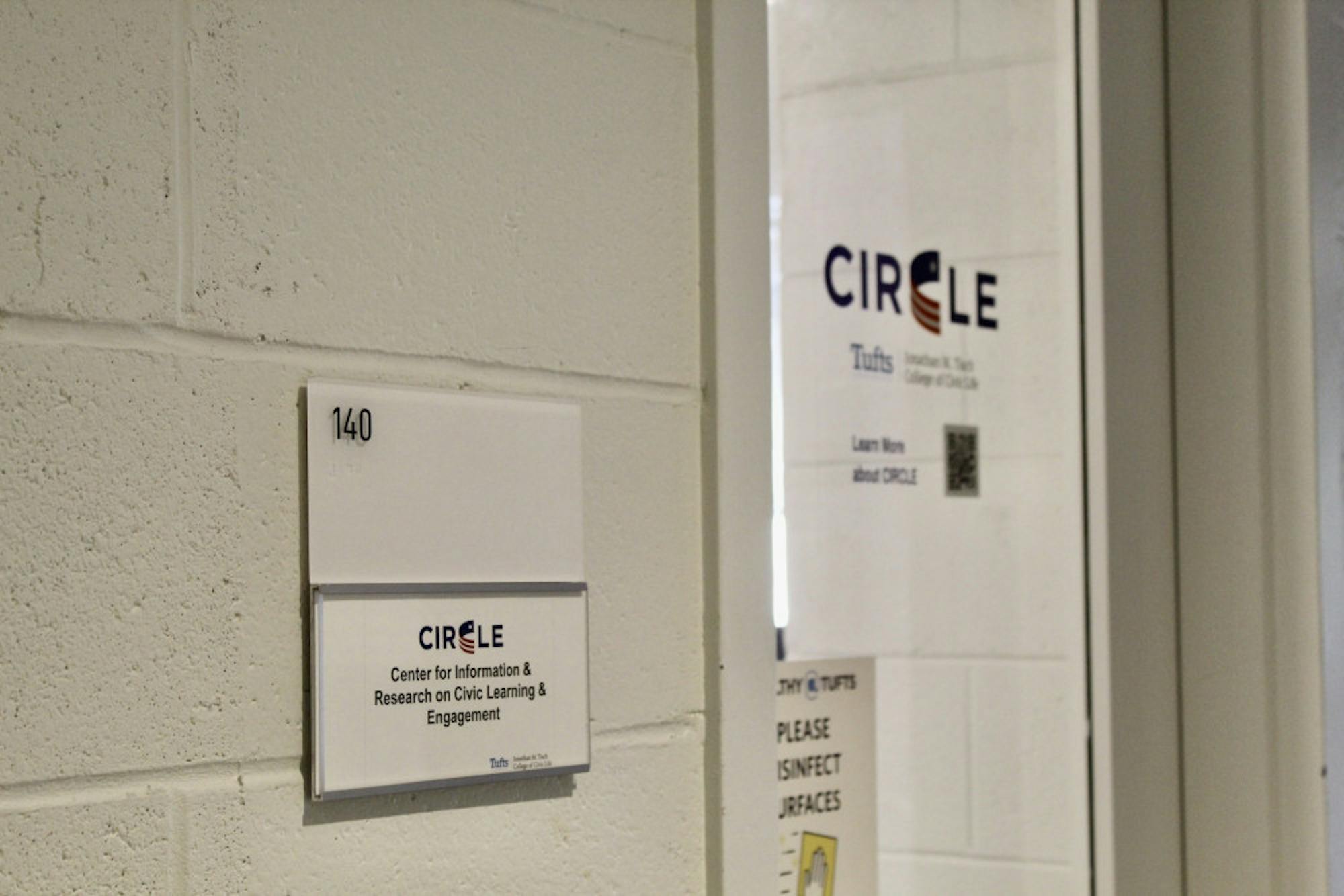Tisch College's Center for Information and Research on Civic Leadership and Engagement recently released a report detailing actionable recommendations for institutions and communities seeking to promote youth electoral engagement.
The report, titled "Growing Voters: Building Institutions and Community Ecosystems for Equitable Electoral Participation," was first released at a live event in Washington, D.C., before the full online launch on June 14. Its release comes as the nation prepares for the 2022 midterm elections in November.
In a bid to close civic engagement disparities in the young American population, the report targets various stakeholders including educators, policymakers, community organizers and journalists.
It argues that the dominant model that institutions use to promote youth electoral participation is flawed, noting the large disparities in youth access to civic learning and engagement that are created when resources target only "likely voters.” These efforts also tend to only mobilize young people for short periods of time, mainly around elections.
The idea for "Growing Voters" originated four years ago and the period of study and research on youth participation in civic engagement lasted months.
"It was definitely a process over many months of thinking about, 'Who are those different institutions, who are those stakeholders?'" Alberto Medina, communications team lead at CIRCLE, said. "What findings do we have that are relevant to organizations in these fields, and then what recommendations can we make based on this data that will be really relevant and actionable by these institutions, so that they can start transforming their work?'"
The surveys conducted by CIRCLE reveal that civic engagement is tied to race, socioeconomic status, education and other identifiers that put some at a systemic disadvantage. The report also notes that a significant portion of young Americans live in "civic deserts," a term coined by CIRCLE Director Kei Kawashima-Ginsberg to describe places where young people are starved of civic education and resources. Most so-called civic deserts are rural, according to Medina. CIRCLE believes that through a focus on “access and exposure, support and culture,” in the words of the report, these disparities can be dismantled.
"We call on institutions within local communities to come together to support young people's engagement,” Ruby Belle Booth (A’21), CIRCLE's elections coordinator, said.
“I think that that is one of the ways that we can imagine helping more young people to become involved in our democracy," Booth explained. "And so we're trying … [to] suggest a new model where young people will have many access points, and many locations of learning about civic opportunities and ways to become engaged. So you don't just hear about it in school, but you're also being contacted by local organizations, and campaigns are reaching out to you, and your parents are supporting you in finding opportunities to become engaged."
The report's goals are long-term, as it focuses on a demographic that is largely not eligible to vote yet.
"It provides some sort of a pathway for people who are doing the work around the midterm elections to think about how they can more effectively engage young people and not just young people who already vote or are already predisposed to vote, but all young people," Booth said.
Medina also commented on how the report works to build a civically engaged constituency that will last.
"We are really focused on long-term systemic changes that are going to [last] way beyond this election cycle," he emphasized.
CIRCLE hopes that the changes suggested by the report will help build power among civically deprived young people, which will in turn help push for policies and laws that support them.






